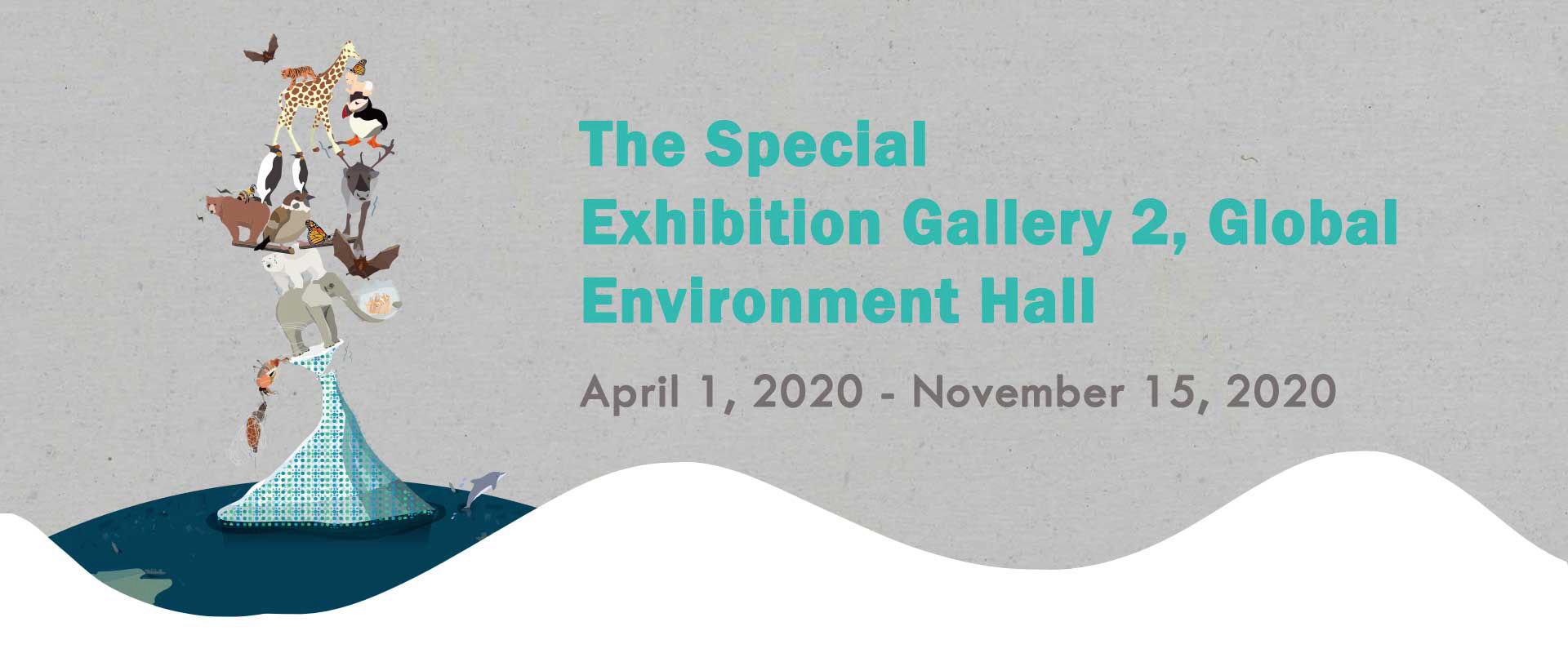

Human-caused pollution and habitat destruction do not only lead to dramatic change of climate and environments, but also alter the orders of the nature.
In the beginning of the “Changing Nature--Disordered Ecosystems” exhibition, we invite visitors to explore the aesthetic order in Nature, and the secrets behind the beauty of life growth forms and color patterns evolved from long-time history. We then tried to guide visitors to further discover how the quick-spreading civilization impact the orders of the nature and then force lives on the earth to struggle for survival.
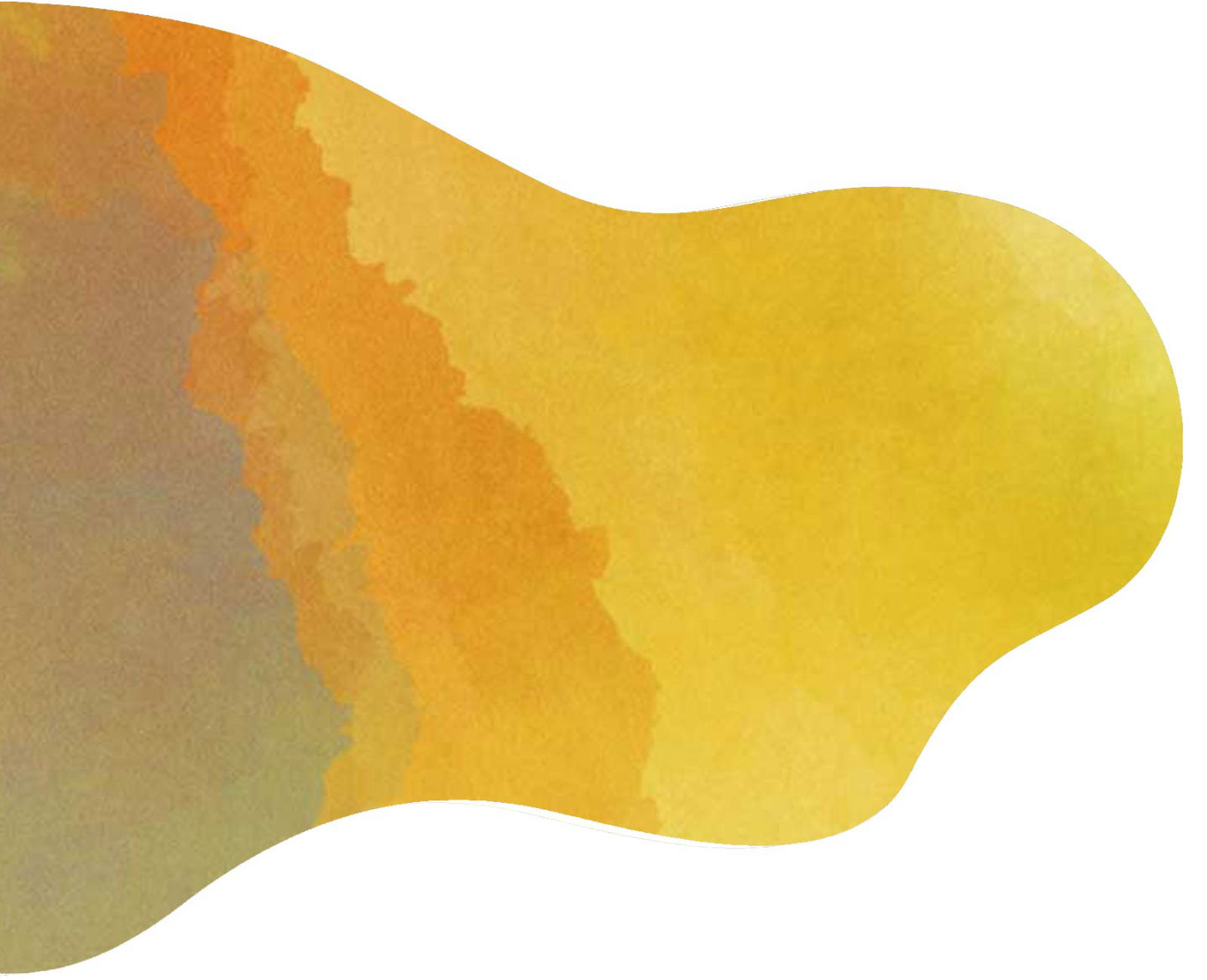
Aesthetics of humans is primarily enlightened by the nature. Through long evolutionary history, lives inherit certain development processes, body forms, behaviors, and colorations. These unique patterns following nature laws also make the balance, harmony, ratios, repetition, and consistent beauty of life forms.
Changes of genes, physiological procedures, and environmental factors may transform lives’ growth forms, characters, and patterns. For lives, it takes time to develop adaptive characteristics. When the oscillation amplitude of environmental change is steep, some species could be out-selected for not adapting in time.
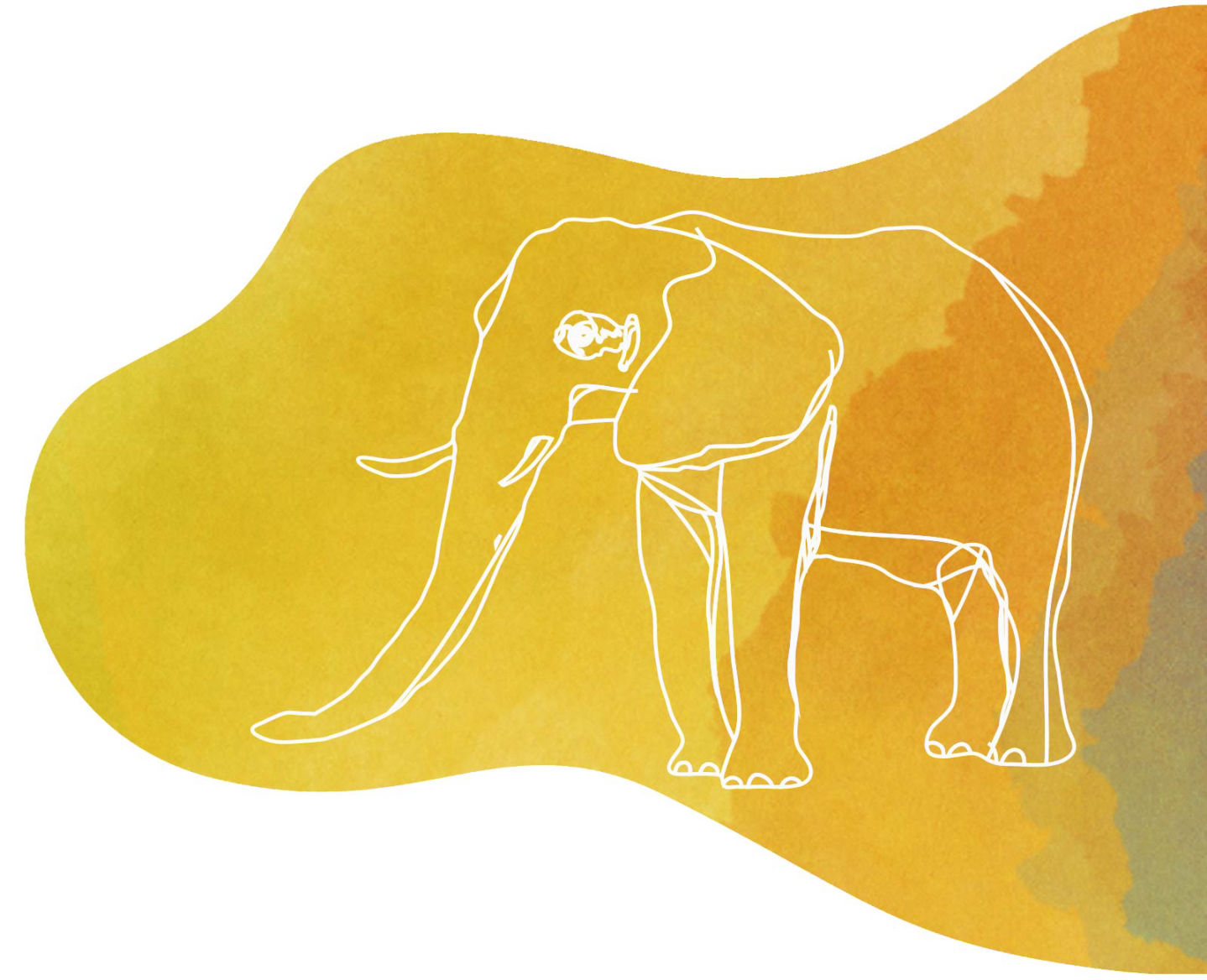
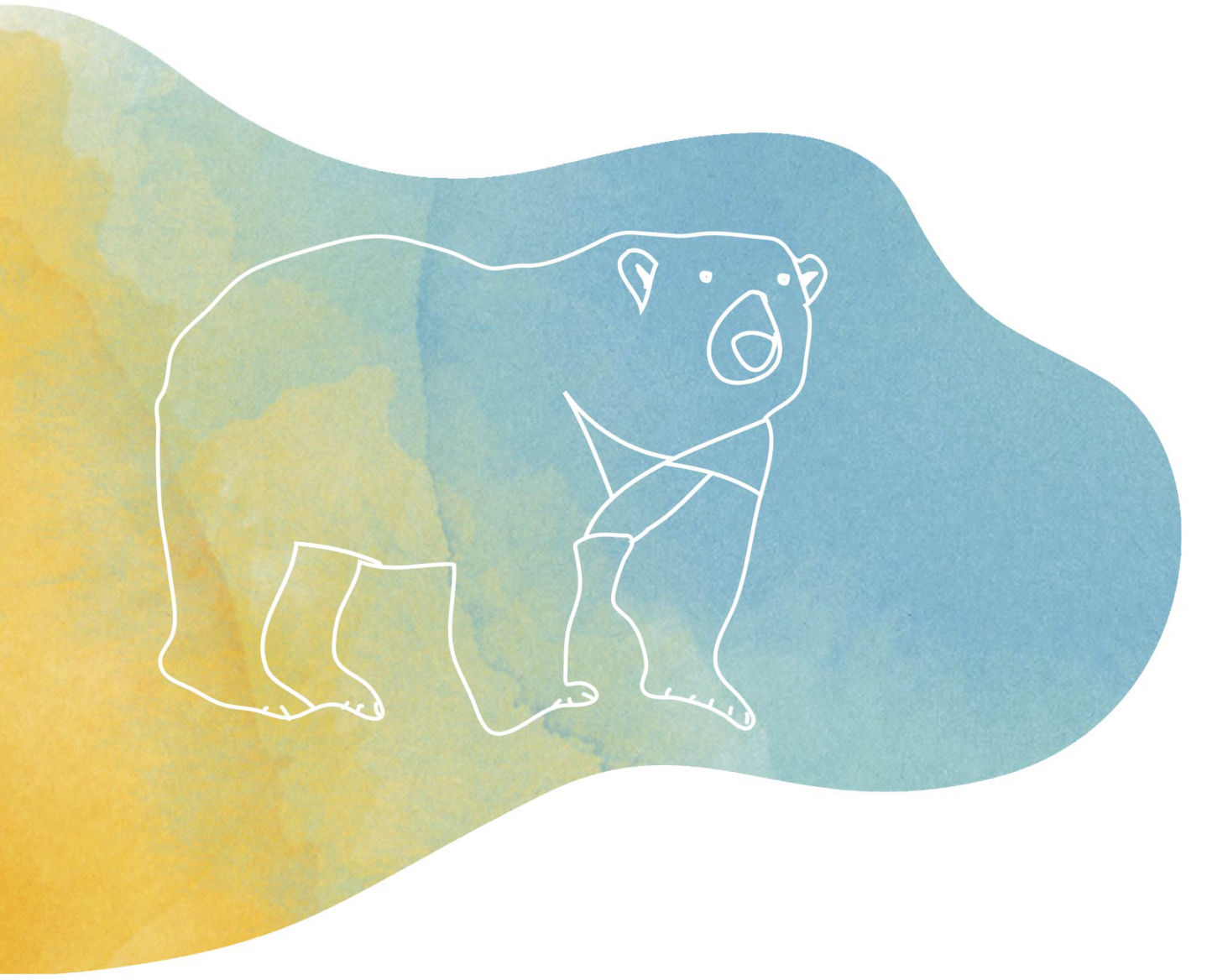
Animals can not have what they should eat, while they swallow what they should not. This is the diet crisis many animals nowadays facing. Caused by climate change, shifts of species distribution, mismatch of periodic behaviors, spread of pollutions, and habitat destruction do not only lead to food shortage, but also produce debris objects and toxins that could be taken in acidentally.
Recent environmental changes, such as significant warming, extreme weather, and ocean acidification, have severely disturbed animals'
long-evolved behaviors. Essential for survival, instincts of communication, recognition, and predator-avoidance are facing harsh challenges.
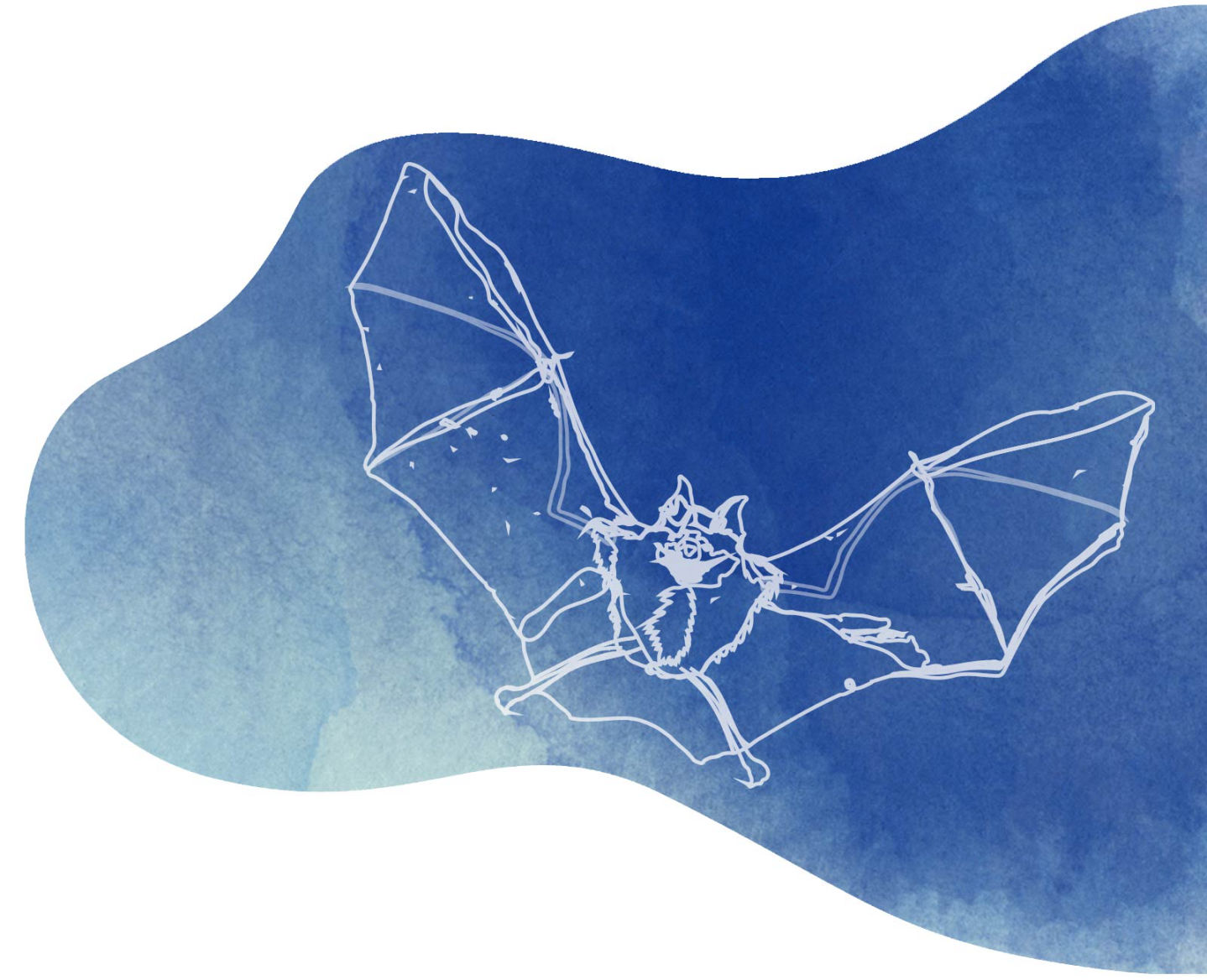
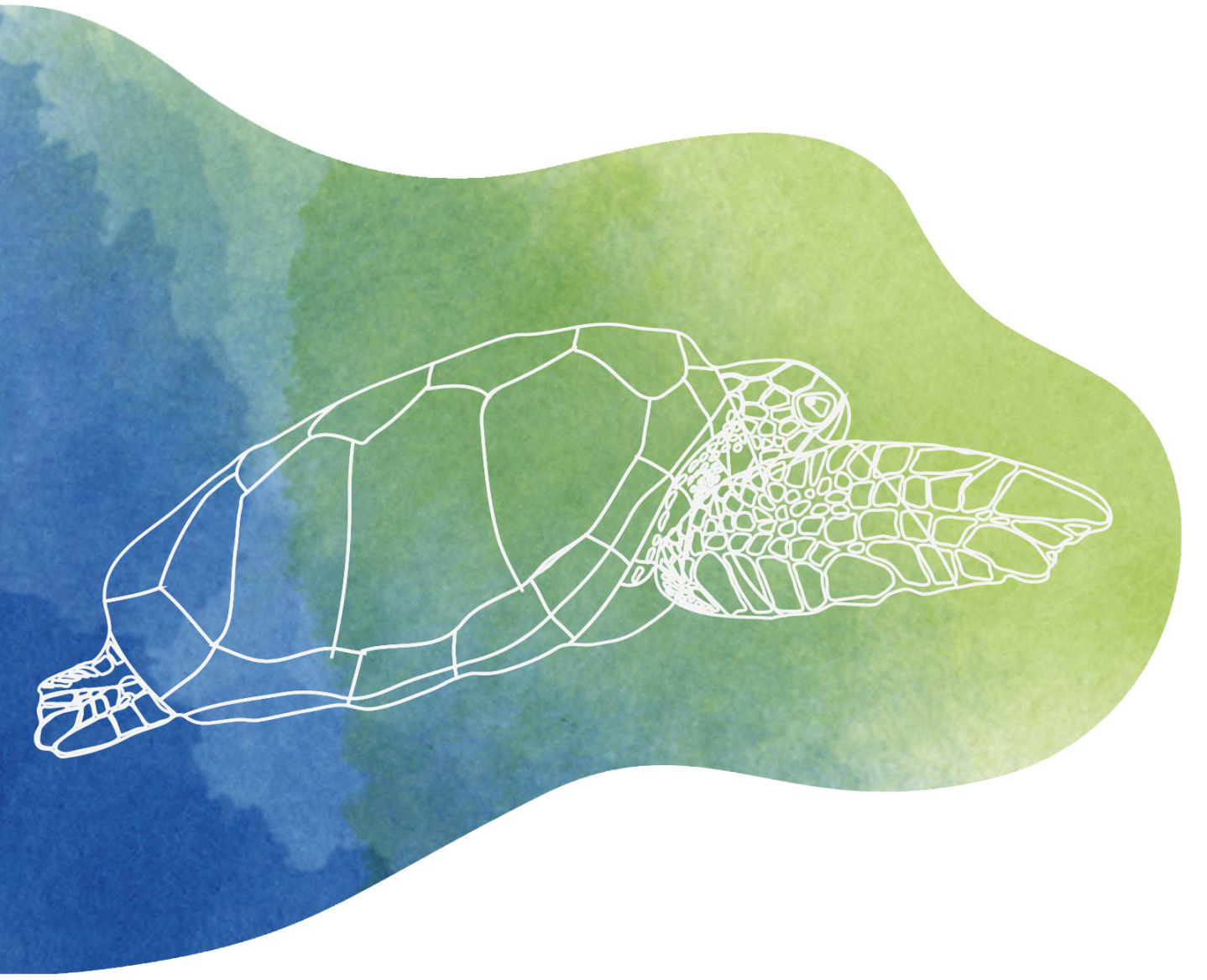
Lives' breeding strategies are usually closely related to other species and surrounding circumstances. However, when climate changes, or chemical substances never met before occur in the environment, reproduction of populations may be severely threatened.
In the last half century, habitat destruction, pesticide abuse, extreme weather and climate change do not only threaten survival of individuals, but also impact the population abundance and functions.
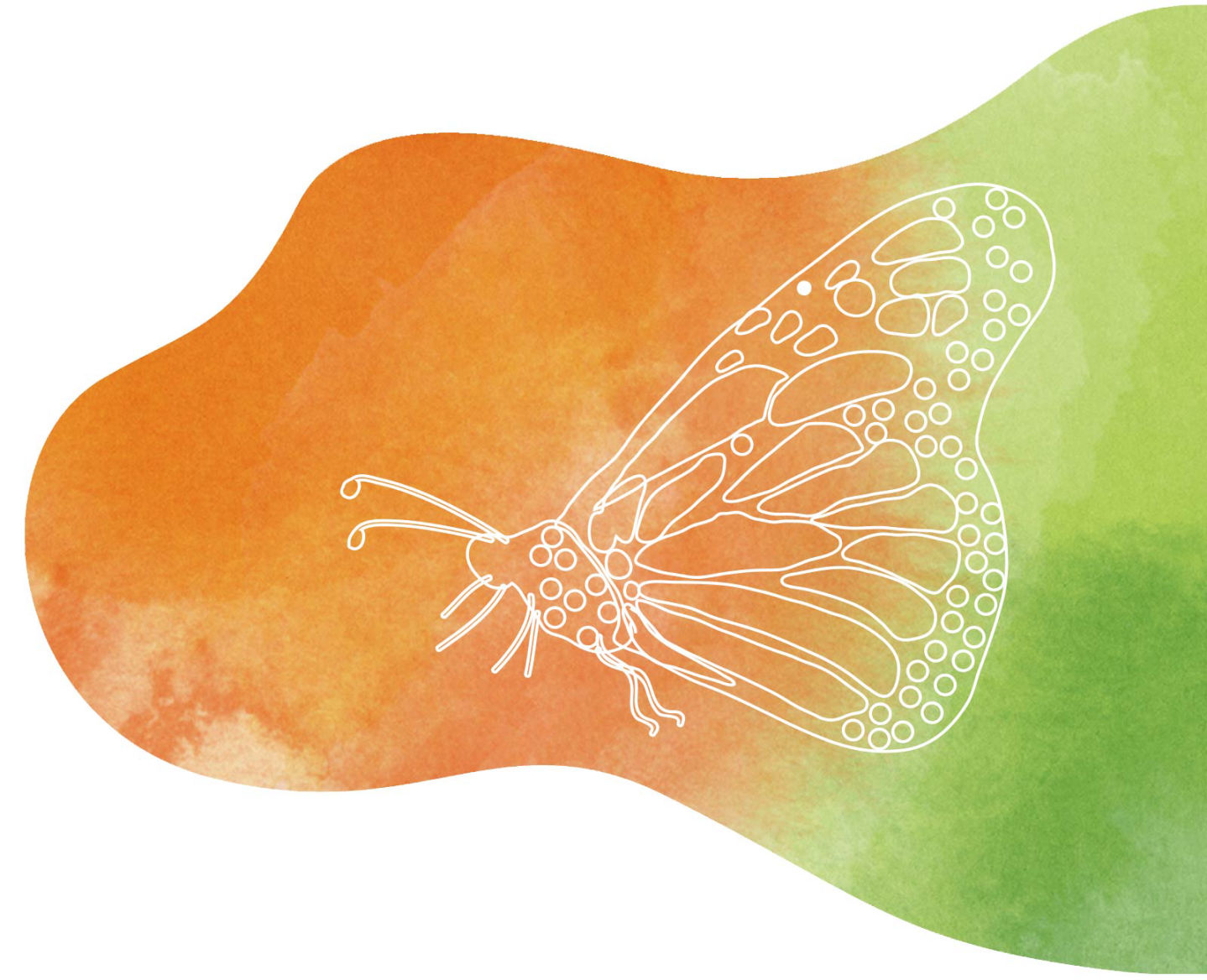
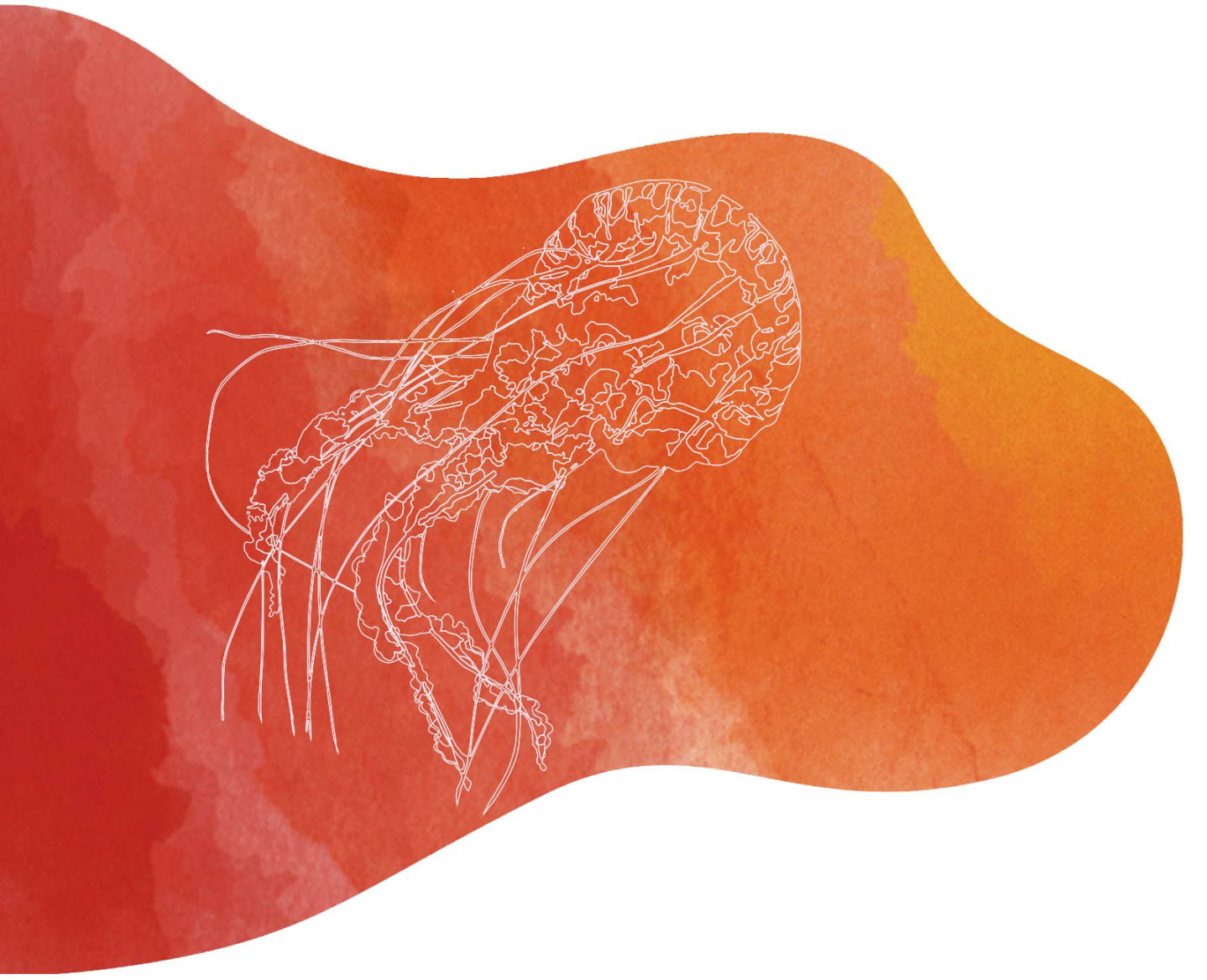
In an ecosystem,species abundance oscillation, or alien species invading may impact its equilibrium, or even lead to catastrophic collapse.
No matter caused by nature or by human, we have to face up the reality: these ecological upheavals are too changing our daily lives. It has begun on our dining tables.

展出日期
2020.04.01 — 11.15
展出地點
第二特展室
定時導覽
10:00 - 13:00
© 國立自然科學博物館版權所有